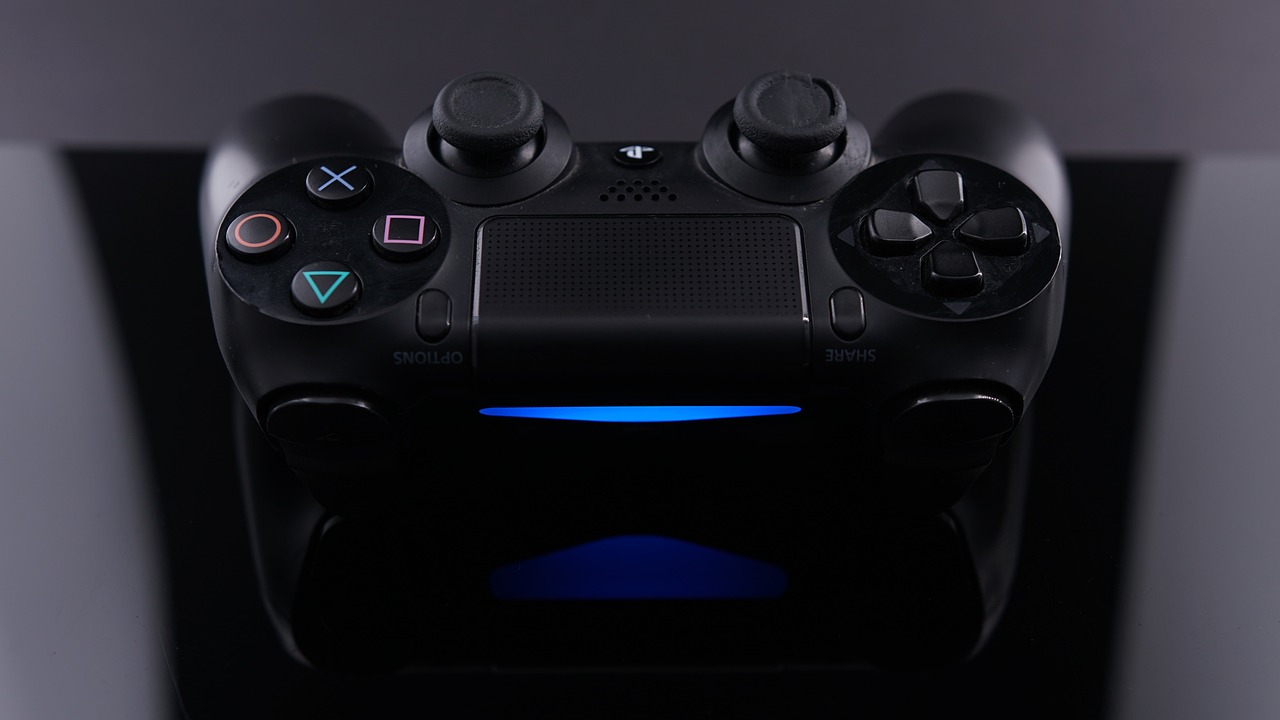Gender Representation in Video Games: Challenges and Progress
Gender stereotypes in video games have been a pervasive issue, often depicting female characters in roles that reinforce traditional gender norms. These stereotypes can be seen through the oversexualization of female characters, where they are portrayed in skimpy outfits and unrealistic body proportions, catering more towards the male gaze than to accurate representation. Furthermore, female characters are often relegated to supporting roles or damsel in distress scenarios, perpetuating the idea that women are helpless and in need of saving.
The reinforcement of gender stereotypes in video games not only limits the representation of diverse female characters but also impacts how players view gender roles in society. By consistently portraying women in stereotypical roles, video games inadvertently shape the perceptions and expectations of players, contributing to the normalization of gender inequalities. It is crucial for the video game industry to move towards more inclusive and diverse representations of female characters in order to challenge and break free from these harmful stereotypes.
The Evolution of Female Characters in Video Games
In the early days of video games, female characters were often portrayed as damsels in distress or scantily clad sidekicks to male protagonists. These representations perpetuated damaging gender stereotypes and reinforced the idea that women were not capable of being strong, independent characters in the gaming world. As the industry began to evolve, there was a gradual shift towards more diverse and complex female characters who were able to take on leading roles and break free from traditional tropes.
Today, we see a refreshing variety of female characters in video games, ranging from fearless warriors and cunning strategists to compassionate leaders and brilliant scientists. These well-rounded portrayals not only provide players with more authentic and relatable experiences but also challenge the outdated notion that women are limited to stereotypical roles in gaming narratives. The evolution of female characters in video games reflects a growing recognition of the importance of diversity and representation in the industry, paving the way for a more inclusive and empowering gaming landscape.
The Impact of Male Dominance in Video Game Industry
In the highly competitive world of video game development, male dominance has been a prevailing theme for decades. The industry has long been perceived as a male-dominated sector, with men largely holding the positions of power and influence. This imbalance has had a significant impact on the types of games produced, often leading to a perpetuation of gender stereotypes and the underrepresentation of female perspectives.
Moreover, the lack of diverse voices in decision-making roles has also influenced the portrayal of female characters in video games. Female characters have often been overly sexualized, relegated to secondary roles, or depicted as damsels in distress. This limited portrayal of women not only reinforces harmful stereotypes but also restricts the potential for more nuanced and engaging storylines in video games.
What are some common gender stereotypes seen in video games?
Common gender stereotypes in video games include the portrayal of women as helpless damsels in distress or as overly sexualized characters.
How have female characters in video games evolved over time?
Female characters in video games have evolved from being one-dimensional stereotypes to more complex and empowered characters with agency and depth.
How does male dominance impact the video game industry?
Male dominance in the video game industry can lead to a lack of diverse perspectives and representation, as well as perpetuate harmful stereotypes and exclusion of women and other marginalized groups.







